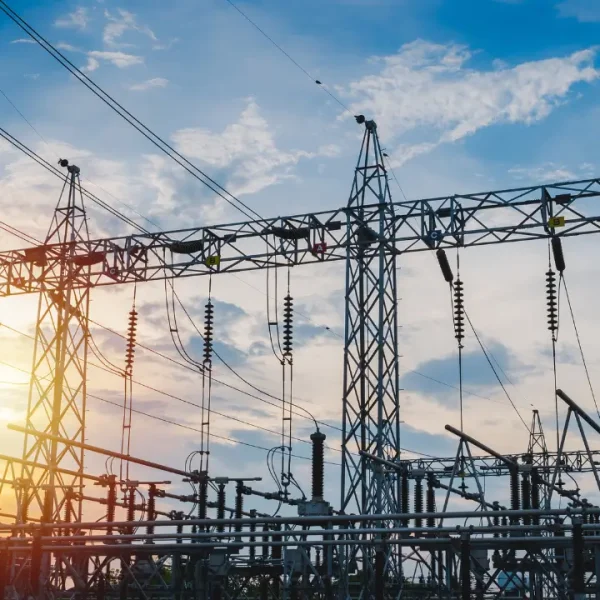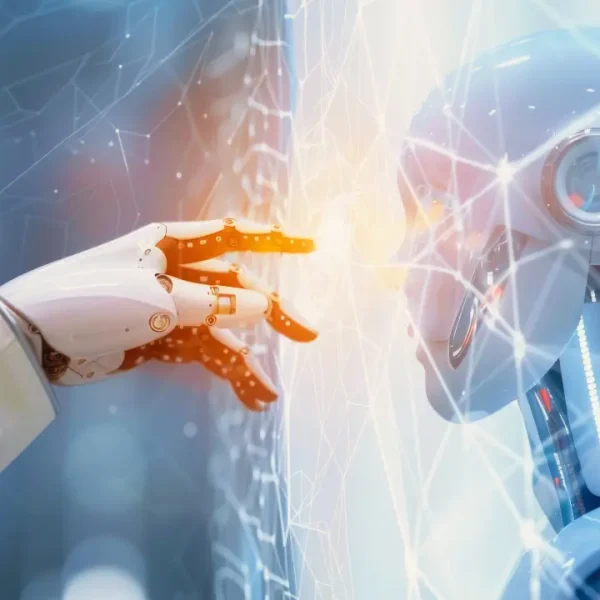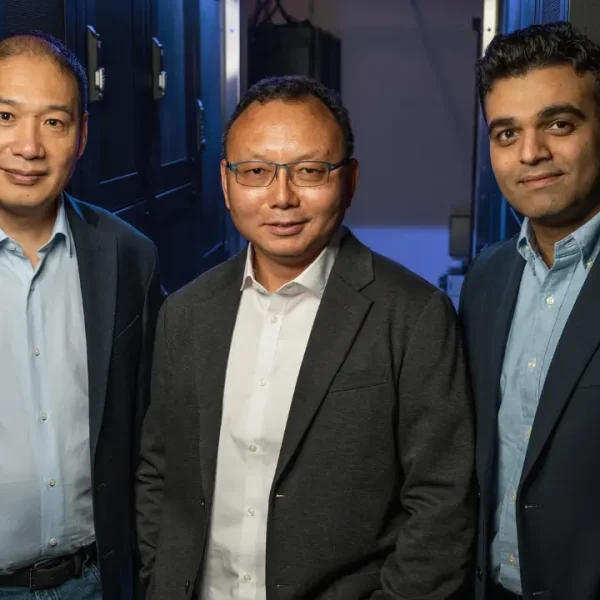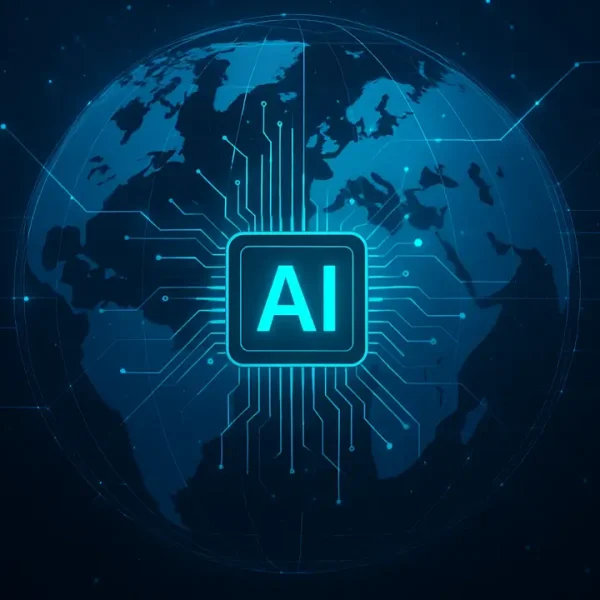Penned by: François Sterin, COO of Data4
We are at the dawn of a twofold revolution: the rise of artificial intelligence and the unprecedented promises regarding quantum computing. These advances, as dizzying as they are irreversible, are converging in data centres, the core in which this digital revolution is taking shape.
However, this transformation is not happening on its own. At the same time, a historic energy transition is redefining our priorities, our uses and our infrastructures. Faced with this dual challenge – energy and digitalization – data centres are positioning themselves as the cornerstone where these transitions are taking shape. Every server, every optimised kilowatt, every innovation in cooling or low-carbon materials is helping to shape the future, and it starts today.
An AI explosion
Demand for computing power is exploding as a result of the rise of artificial intelligence. By 2030, almost half of all new data centre energy capacity in Europe could be dedicated to AI-related workloads. This development, marked by an exponential growth in computing requirements for training and inference of AI models, will lead to a tripling of energy consumption, from 10 GW to 35 GW (McKinsey report).
According to another study by Statista, the global AI market is expected to reach $1,800 billion by 2030, compared with $240 billion in 2023. To keep pace with this very high demand, data centres will have to adapt: hyperscale infrastructures are already seeing their energy density requirements grow by 20-30% every year, according to several studies on data centre trends and the evolution of power demand.
At the same time, the growth of generative AI models requires unprecedented computing power: data centres will have to accommodate denser servers, with power consumption per rack sometimes reaching over 100 kW in the most intensive deployments.
AI-ready and sustainable infrastructures
A digital revolution cannot be achieved without an responsible approach. Data centres, which account for 1 to 2% of the world’s electricity consumption and could rise to 4% by 2030 (IEA report), need to adapt quickly to meet the demands of energy sobriety.
And the sector is banking on best practices. According to the Uptime Institute, nearly 40% of operators already use green energy for part of their consumption. Other innovations, such as submerged data centres and solutions for recovering and reusing heat from data centres, are all part of a more virtuous circular economy.
From a more operational point of view, many concrete advances are already emerging. The use of more energy-efficient liquid cooling technologies (DLC) can reduce cooling requirements by 30-40% compared with traditional systems. The development of low-carbon concrete can also reduce emissions linked to infrastructure construction by up to 70%, according to some studies. Finally, the systematic implementation of life cycle analyses (LCAs) enables optimisation levers to be identified right from the design phase.
2025 is shaping up to be the year when the future becomes tangible. At the crossroads of the digital and energy revolutions, data centres are no longer mere infrastructures: they have become the foundations of a world in transformation, where adaptation is the key.
As Darwin said in his theory of evolution, only those players capable of innovating and adapting to new technological and energy requirements will continue to prosper. The data centre sector must evolve with agility and responsibility to meet these new challenges.












